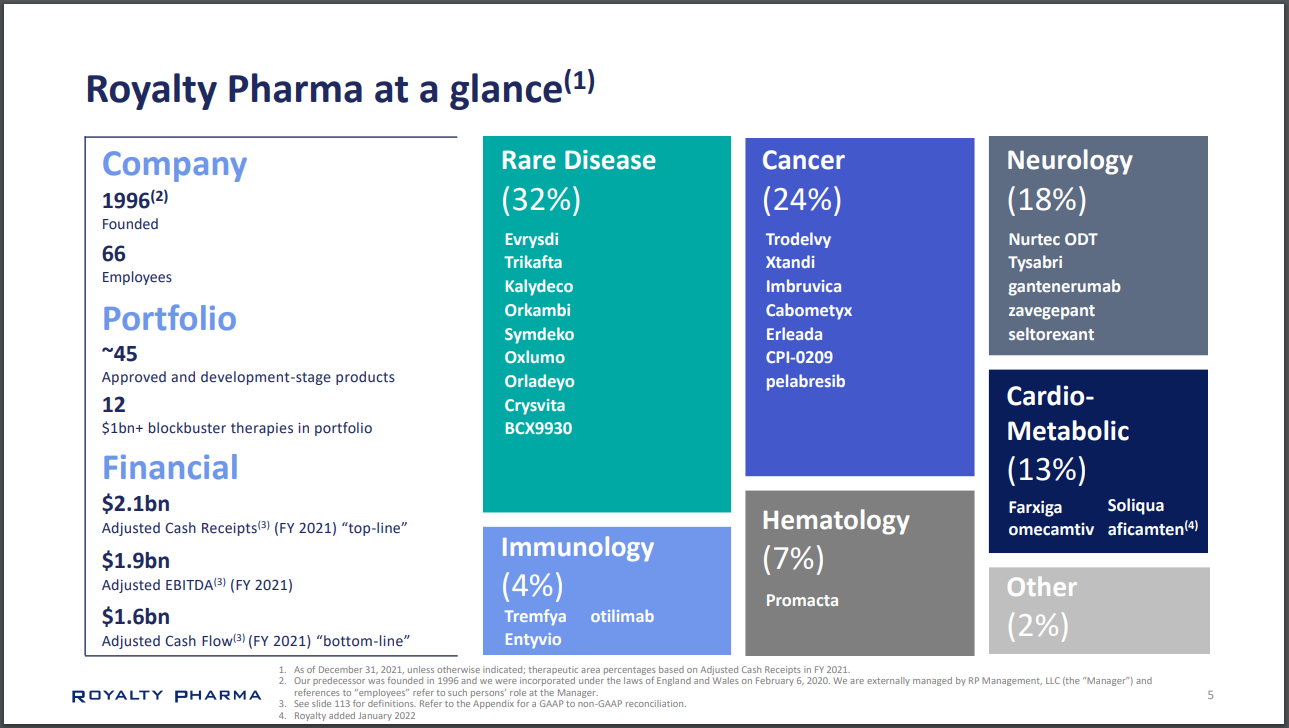Politics, all said and done, is a winner’s game. What is often seen and appreciated as politically correct, is not necessarily politically beneficial. It is in this context that the Bharatiya Janata Party (BJP) is rightly claiming the credit for the enactment of the women’s reservation bill. It is true that multiple governments, including the Congress-led United Progressive Alliance (UPA), tried to enact this bill earlier. However, the bill did not see the light of the day until now.

The biggest roadblock was the demand for a quota within the 33% women’s quota for Other Backward Class (OBC) women by what is normally referred to as the Mandal parties — offshoots of the socialist-turned-OBC-dominated political parties in the states of Uttar Pradesh and Bihar.
Whether such a demand is justified or not need not detain us. What matters is that the Congress neither accepted this demand (this would have allowed it to enact the bill) nor did it force a political precipitation on it as it did vis-à-vis the communist block on the question of the Indo-US nuclear deal.
This time, both the Congress and the Mandal parties have ended up supporting a bill brought by the BJP which not only does not have a provision for quota within quota for OBCs, but also entails a delay of perhaps more than a decade between the enactment and implementation of the bill’s provisions.
Read also: Women’s quota implementation may go beyond 2029
While the BJP has clearly emerged as a winner here, the Congress’s situation can only be explained by Karl Marx’s phrase describing history — it repeats “first as tragedy and second as farce”. It could not get the bill passed due to opposition from Mandal parties earlier and it has now bought into the Mandal argument while someone else has walked away with the credit of passing this bill without a quota within quota for OBCs.
To be sure, one can argue that the Congress’s change of heart on the question of quota within quota for OBC women is in keeping with the larger tilt in its policy vis-à-vis OBCs.
The recently held Congress Working Committee (CWC) (the highest decision-making body of the party) passed a resolution demanding that the current upper limit of 50% for reservations for Scheduled Caste (SC), Scheduled Tribe (ST) and OBCs be done away with. Since reservations for SCs and STs are in keeping with their share in the population, the resolution effectively means increasing reservations for OBCs to match their share in the population — something the Mandal Commission wished for but did not recommend given the 50% cap — which is likely to be at least 40% at the national level. The motivation for using the census-based OBC population share to push for this demand, rather than any intellectual curiosity about the demographic share of OBCs, has been the driving force behind the demand for a caste census.
Whether or not the demand for increasing the quota for OBCs is justified is not relevant to the discussion here. The question which matters is whether the attempted resurrection of Mandal politics can help the Congress stop the BJP’s political juggernaut.
This needs to be answered at two levels.
First, empirically. Is the BJP, as a political party, unwilling to provide representation to the OBCs? Facts do not support such an argument. In fact, home minister Amit Shah gave details of how the BJP has a larger share (though not proportionate to the population) of ministers, MPs and MLAs from the OBC community, including the prime minister. This would not have been possible if OBCs (or Hindu OBCs, since there are OBCs within Muslims as well) were not voting for the BJP in large numbers. A counterfactual is the best way to prove this argument. There are hardly any Muslims among elected representatives of the BJP today. This means that OBCs are anything but a monolithic block which is opposed to the BJP.
Second, hypothetically. Can a political assertion for greater reservation for OBCs force a wedge between the BJP and its OBC support base? There is merit in the argument that the BJP has been trying to postpone its day of reckoning with this question. The inordinate delay in the decadal census — the official excuse of the pandemic is completely farcical now — needs to be seen in the backdrop of the demand for a simultaneous caste census. Justice Rohini Commission’s report, which will sub-categorise OBC reservations to benefit non-dominant OBCs, has been kept in de facto abeyance to pre-empt any united OBC opposition under the leadership of the dominant OBC-led Mandal parties.
To be sure, one can also argue that the opposition has so far failed to build a strong extra-parliamentary movement to precipitate matters: compare the popular mobilisation on this issue to the traction and perseverance of the movement against the three farm laws or the spontaneous upsurge against the Supreme Court’s dilution of the Prevention of Atrocities against SC-ST Act.
What makes matters worse for the opposition is that there is no guarantee that the BJP will necessarily reject the demand for greater reservation for OBCs if it manages to get significant traction. There continues to exist a section of dogmatic commentators in the left-liberal eco-system who think of the BJP as a party invested in the codes of Manusmriti making it anti-women and pro-upper caste in addition to being anti-Muslim. However, such an analysis is completely divorced from the reality of the ruthless-pragmatic political machine that the BJP is. In fact, anybody with a basic sense of realpolitik should be able to see that the BJP has the biggest incentive for being attractive to the non-upper caste Hindu vote because its politics pretty much factors out the vote of India’s religious minorities, especially Muslims.
A more fundamental point needs to be made.
The origins of OBC political assertion in post-independence India lie in the revolt of a majority, even though far from homogenous, which was not adequately represented within the hegemonic party of that period, namely the Congress. The Congress’s crisis of social representation was a manifestation of a contradiction where the party’s leadership was built during a time without universal suffrage, but was now fighting elections in a period with universal franchise, where OBCs were a majority.
The credible charge of being socially non-inclusive along with the failure of Nehru’s state-led plan-based economic model to significantly improve mass living standards is what destroyed the Congress’s status of being the hegemonic political party in India. While it has tried to change course on both its social and economic outlook, the Congress is rightly seen as a late adapter rather than the vanguard of a pro-Mandal pro-reform shift in India’s political economy and therefore cannot claim the historical leadership of the change.
The BJP, on the other hand, found its political bearings as a street-fighting Hindutva party with an anti-reform rhetoric, but has since then evolved into a political force which is invested in inter-religious tensions and intra-Hindu cohesion and pro-capital economic policies but pro-poor welfare rhetoric.
It is important to note that the inclusive features in the BJP’s core polity are more an outcome of the overall churn in India’s political economy — the rise of OBCs in the realm of the social and a bigger economy making it possible to finance welfare programmes — than the core belief of BJP’s ideological predecessors. It is not incorrect to argue that greater social inclusion and welfare provisioning enjoy widespread support in Indian politics today.
This also means that the opposition’s attempts to corner the BJP by demanding that it turns the knob further on these two issues will only put intermittent pressure on the BJP rather than derail its politics completely. Given the organisational and leadership (in Modi) premium the BJP enjoys vis-à-vis the Congress and other opposition parties, it can manage to live with this contradiction in the short term.
There is another way to explain this argument.
Mandal politics was the agent of a process of creative destruction – creative because it has facilitated the rise of a socially egalitarian political order within Hindus – which ended in the BJP replacing the Congress as the hegemonic political force in India. Unless the BJP turns politically suicidal by adopting a strong anti-reservation stand (even the hint of it from Mohan Bhagwat destroyed the BJP in the 2015 Bihar elections) there is no reason why the BJP should be uncomfortable with a growing OBC assertion.
It is also important to understand that the Mandal politics, which was the vanguard of OBC assertion in states such as Uttar Pradesh and Bihar, was more about seeking representation in proportion to population than being programmatically invested in either annihilation of caste-like Ambedkar’s politics or a strong rationalist movement such as Dravidian politics. This is exactly why the BJP has been able to usurp a part of its historical base without having to compromise on its core politics of Hindutva and muting class tensions in India. Social justice, as far as the BJP is concerned, is the means to capture political power rather than an end in itself.
Where the BJP can be challenged, and it is easier to do this in theory rather than practice, is on the question of class and communalism. Neither the Congress, nor the Mandal parties are trying hard enough to evolve effective praxis on these two fronts. To use a cliched expression, they are like the proverbial drunkard who has lost the keys to his house but is looking for them under the lamp-post rather than where he actually dropped them.
Every Friday, HT’s data and political economy editor, Roshan Kishore, combines his commitment to data and passion for qualitative analysis in a column for HT Premium, Terms of Trade. With a focus on one big number and one big issue, he will go behind the headlines to ask a question and address political economy issues and social puzzles facing contemporary India.
The views expressed are personal








![Global Risk Of Housing Bubbles Deflates Sharply [Infographic] Global Risk Of Housing Bubbles Deflates Sharply [Infographic]](https://imageio.forbes.com/specials-images/imageserve/650d5ba10523c69df264ccd5/0x0.jpg?format=jpg&crop=1200,675,x0,y226,safe&width=1200)







